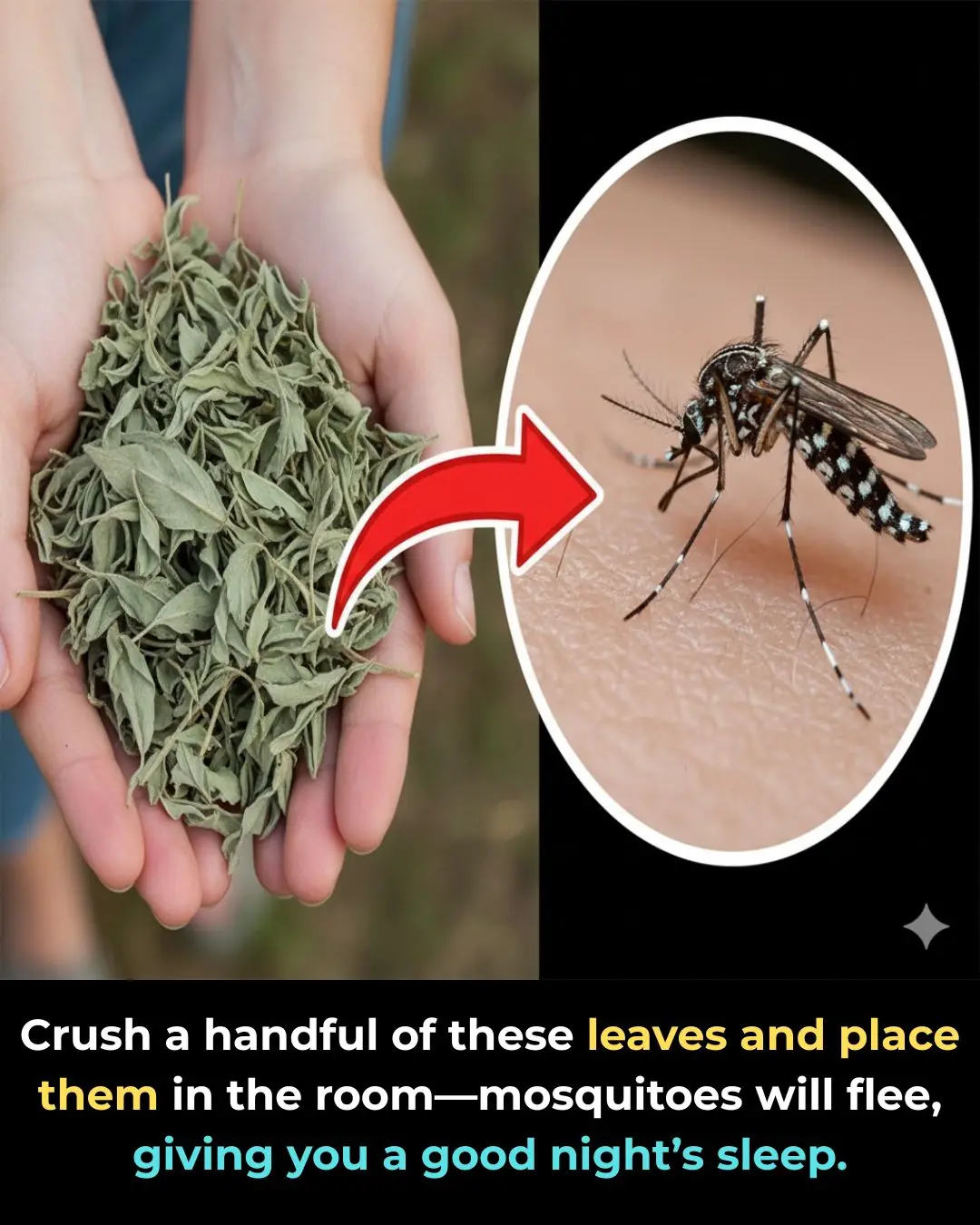
Don't burn peach trees anymore: This is the way to help peach blossoms bloom, sprout, and still be brilliant after Tet

How to Choose Beautiful Peach Blossom Trees and Branches for Your Home
To select the right peach blossom tree or branch for your home during the Lunar New Year, the first thing you need to consider is the available space and display location. Assessing the size of your living room, the altar area, or any corner where you plan to place the peach blossoms will help you choose branches that match your home’s layout and aesthetics.
When visiting a peach garden to buy a tree, take a step back and look at the entire tree before making a decision. Choose healthy trees with dense foliage, plenty of buds, and rough, sturdy trunks—these often produce thicker, more vibrant blossoms. Peach flowers that bloom directly on a tree tend to last longer than those on cut branches, so prioritize trees with large, well-formed buds to ensure that the flowers open beautifully at the right moment for Tết.
If you prefer to buy branches rather than whole trees, the selection process becomes simpler. Look for branches with a rounded canopy and evenly distributed smaller stems, as these will create a fuller and more attractive look once the flowers bloom. Additionally, choose mature, firm branches with a natural dark-brown or ivory-brown color. Avoid branches with damaged or cracked bases, as these will not last long once placed in water.
How to Keep Peach Blossoms Fresh for Longer
Selecting a beautiful branch is one thing—keeping it fresh throughout the holiday is another challenge. To maintain the longevity and vibrancy of your peach blossoms, follow these tips:
For Peach Branches
Start by thoroughly cleaning the vase you plan to use. A clean vase prevents bacterial growth that can block the branch’s ability to absorb water. After cleaning, fill the vase with fresh, clean water.
These two simple steps alone already help your peach blossoms stay bright and fresh during the festive days.
To prolong their life, place the vase in a cool, well-ventilated area. Avoid locations exposed to direct sunlight, heat sources like stoves or electric appliances, or strong drafts that can cause buds to fall off prematurely.
Furthermore, change the water every 2–3 days. Each time you replace the water, rinse the submerged part of the branch to remove slime or residue. You can also add a few vitamin B1 tablets to the water to stimulate the branch’s ability to absorb nutrients, helping the flowers stay vibrant for longer. Some people also add a small amount of potassium fertilizer, which can nourish the branch and maintain the color and shape of the blossoms.
For Peach Blossom Trees
To keep a potted peach tree fresh, water it regularly but sparingly—peach trees prefer slightly dry soil, so overwatering can cause premature wilting.
Place the tree in a dry, breezy spot away from direct sunlight and strong winds. Excessive heat or strong airflow can cause buds to dry up or fall, reducing the tree’s overall beauty.
How to Control Peach Blossom Blooming Time
Warm weather causes peach blossoms to open more quickly. To slow down the blooming process, gently score the bark around the trunk about 10–15 cm above the base. This limits the flow of nutrients upward, delaying the flowers from opening. Using cold water for cut branches also helps slow down blooming.
For peach trees, spreading a thin layer of pebbles around the base helps keep the roots cool, slowing the blooming process naturally. Placing the tree on a breezy balcony can also help regulate its temperature.
If you want the flowers to bloom faster, use warm water instead of cold water for cut branches. For peach trees, applying a thin layer of lime around the base can stimulate blooming, causing flowers to open within just a few days.
Should You Burn the Base of Peach Branches?
The short answer is no. Burning the base of a peach branch is an old folk practice that can actually shorten the branch’s lifespan.
When the cut end is burned, the tissues responsible for absorbing water and nutrients become damaged. This prevents the branch from taking in the moisture it needs, leading to faster wilting and quicker flower drop.
Traditionally, people believed burning the base helped disinfect the branch, kill fungi, prevent sap leakage, and keep the vase water clean. While this method may offer some benefits, excessive burning seals the vascular tissues, blocking water flow entirely.
If you truly wish to use this method, only expose the cut end to the flame briefly—just enough to dry the surface of the cut. Over-burning can severely damage the branch and drastically shorten its lifespan.
News in the same category


Soaking vegetables in salt water is not as good as you think, if you want them clean, do it this way

Netizens compete to show off their secret tips for cleaning carved wooden tables and chairs to welcome Tet
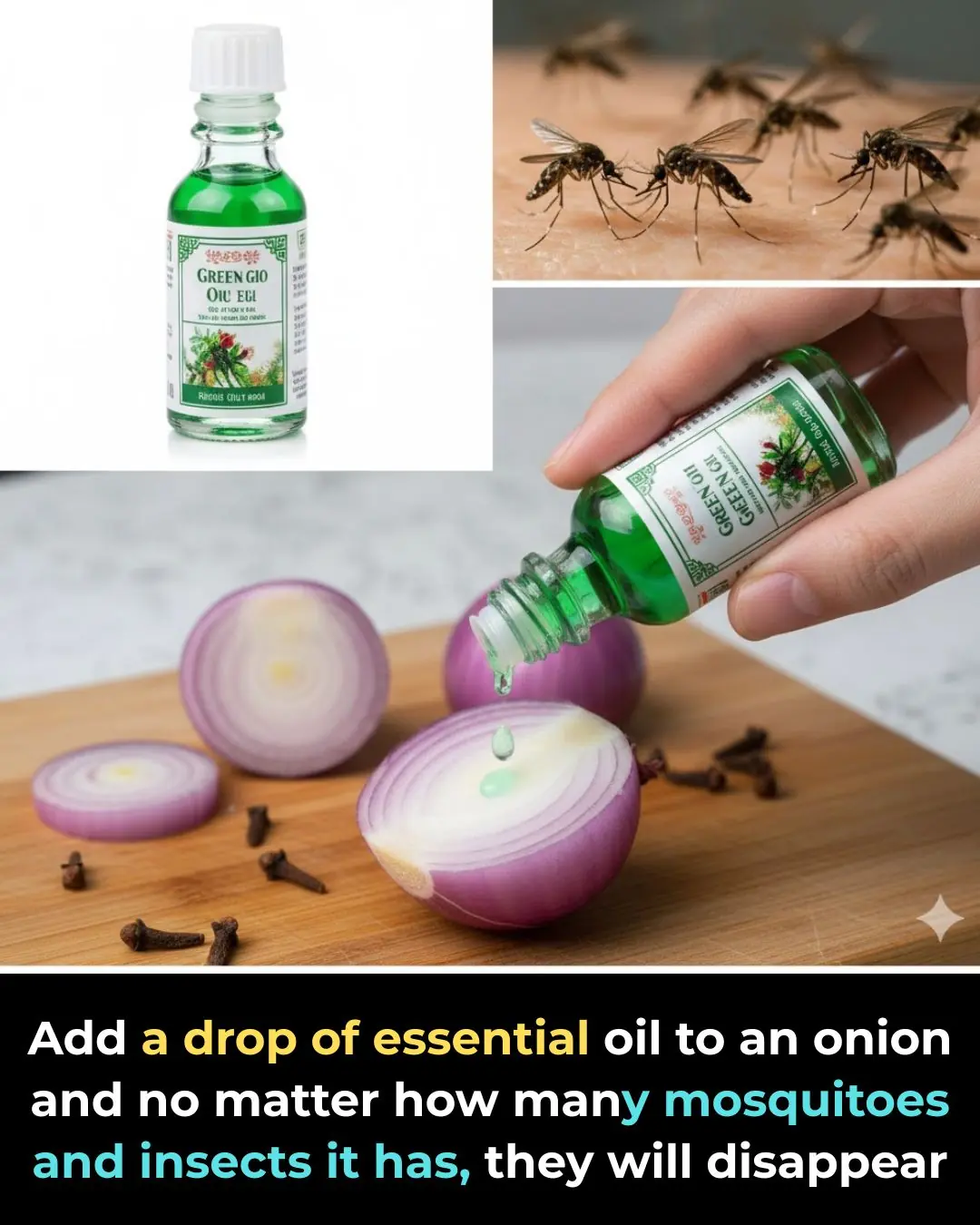
Add a drop of essential oil to an onion and no matter how many mosquitoes and insects it has, they will disappear

Shower Head Clogged After Long Use? Try This Method to Clean It Easily Without Spending Money

Why You Shouldn’t Wash Rice Inside the Electric Rice Cooker: A Common Mistake Many People Don’t Know

Add This Ingredient to Your Coffee: No More Yellow Teeth or Bad Breath

Don’t Eat Tofu Right Away After Buying It: Freezing It in the Fridge Has Amazing Benefits

Don’t Rush to Store Lemons in the Fridge — Do This Instead to Keep Them Fresh All Year Without Bitterness

Too Many Ripe Tomatoes? Try These 5 Preservation Methods to Enjoy Them All Year — Without Spending on Fresh Ones
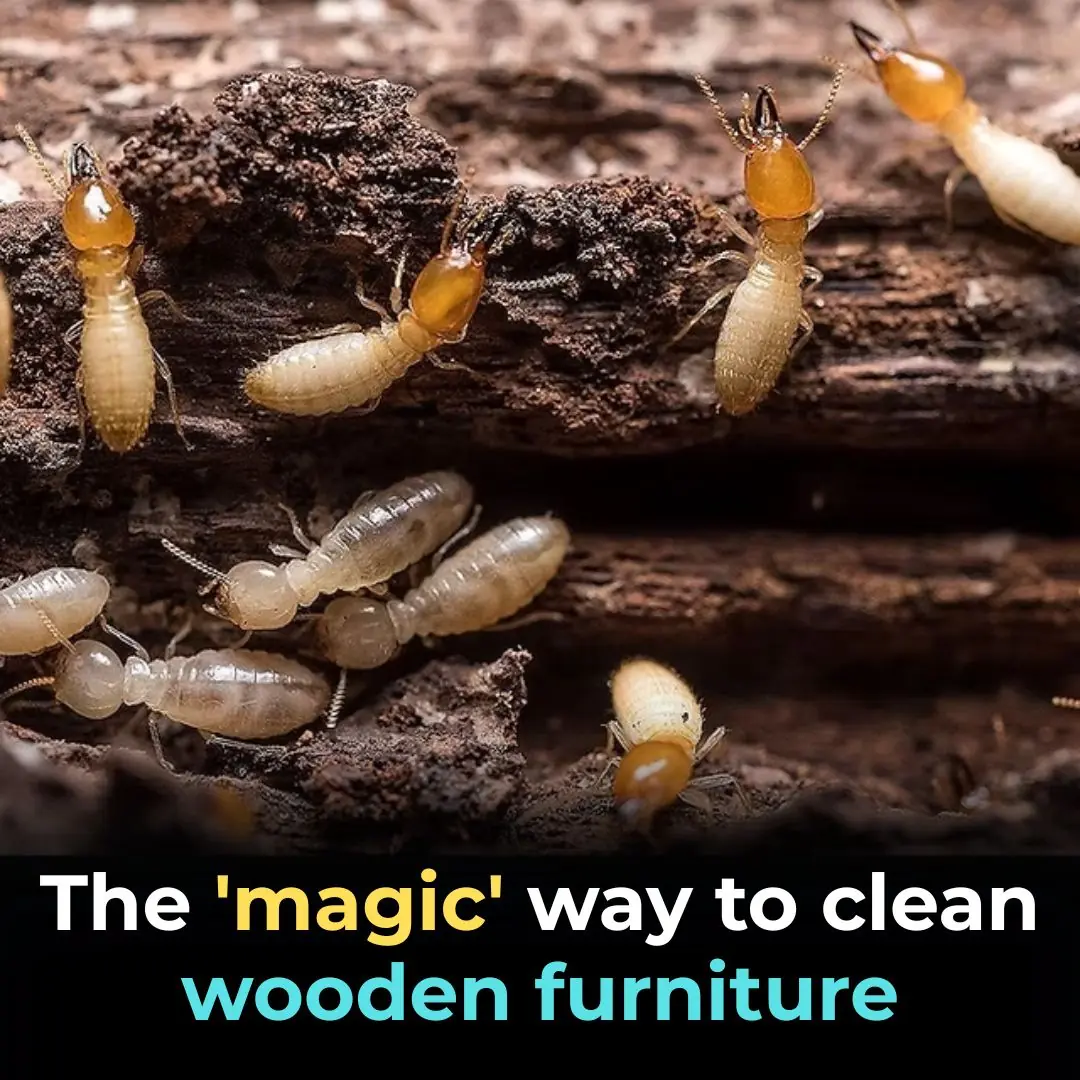
The “Miracle” Termite Prevention Methods for Wooden Furniture

Don’t Clean a Dirty Rice Cooker with Plain Water: Use This Trick and It’ll Shine Like New in Just 5 Minutes
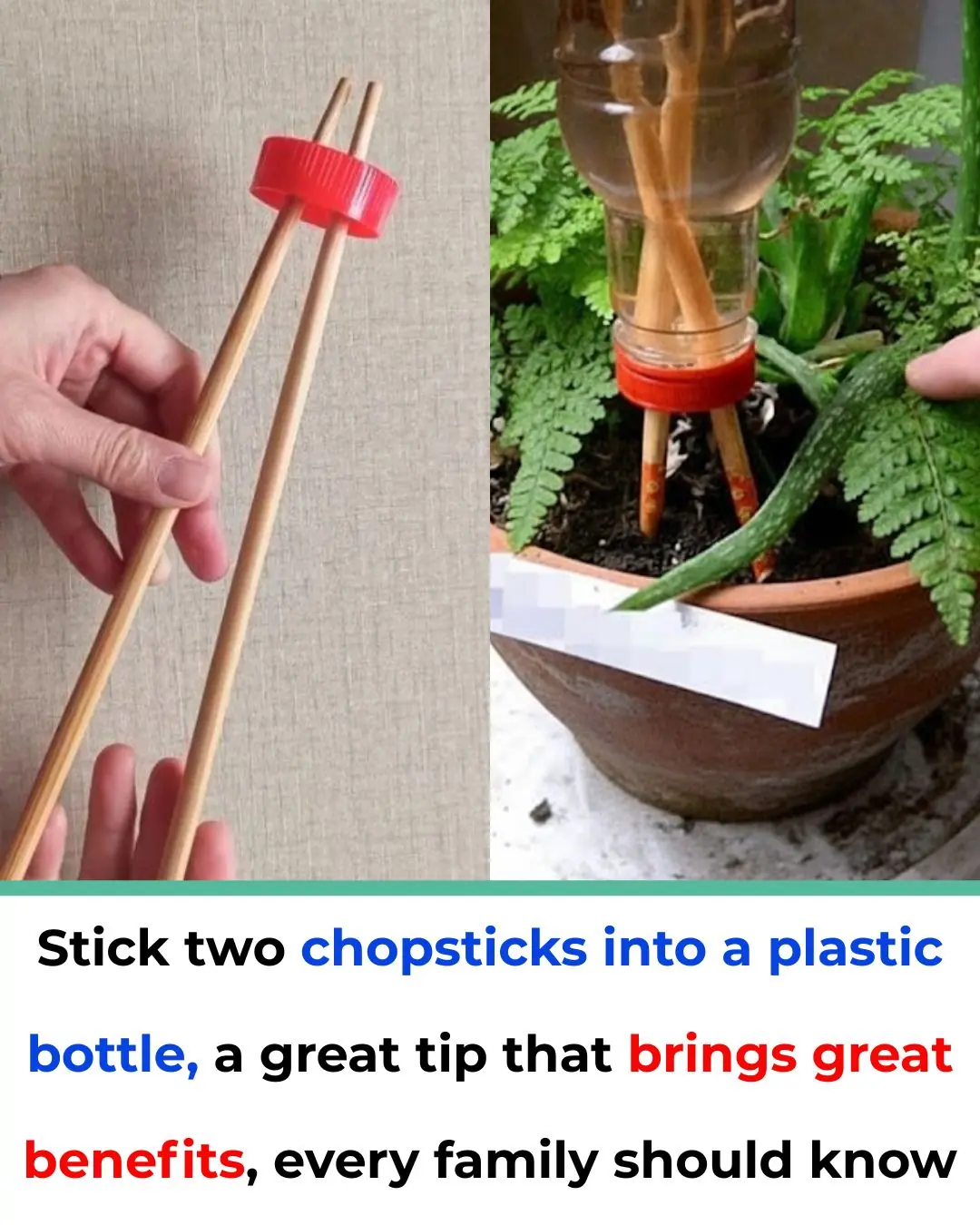
Insert Two Chopsticks into a Plastic Bottle: A Simple Life Hack Every Household Should Know
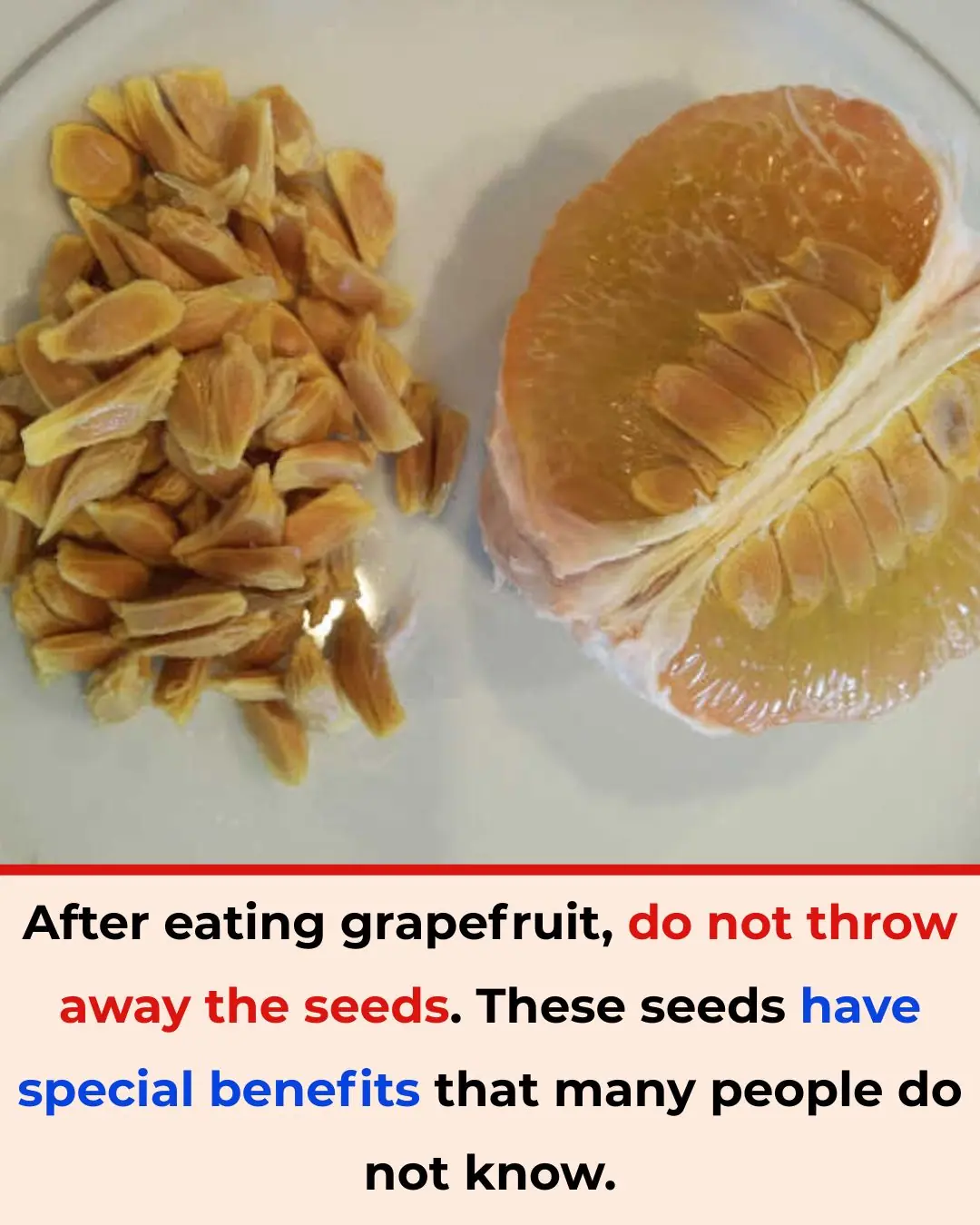
Don’t Throw Away Grapefruit Seeds After Eating – They Have Special Benefits Many People Don’t Know

Placing Garlic by Your Bed: 10 “Golden” Benefits You’ll Want to Try

Electric Water Heaters Exploding Even When Not in Use: The Hidden Danger of a Common Habit

10 tips for dealing with people who think they are better than you

Never leave a charger in outlet without phone. Here are the top 6 reasons why
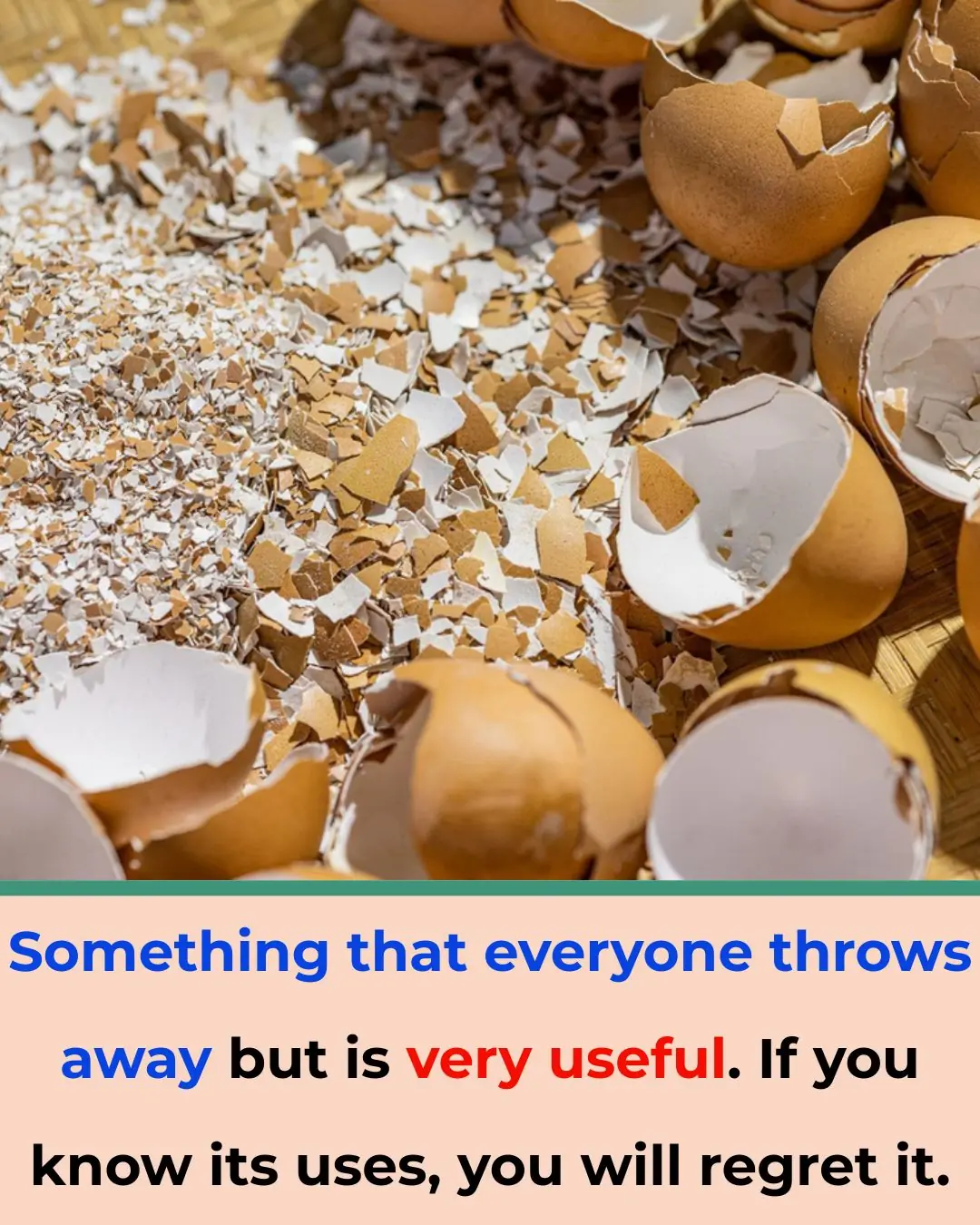
The Everyday Waste You Should Stop Throwing Away — Eggshells Have Amazing Hidden Uses
News Post

11 Unusual Floor-Cleaning Hacks You’ve Probably Never Heard Of

I Had No Idea About This

12 Strange but Surprisingly Smart Ways to Use Aluminum Foil at Home

11 Weird Bathroom Hacks That Actually Make Cleaning Easier

10 Weird Microwave Tricks That Make Cleaning Shockingly Easy

NYC Meltdown: Top Restaurateurs Flee City After Mayor-Elect’s ‘Radical’ Policies

Lady Puts a Cup of Vinegar in the Microwave — and the Reason Is Brilliant

10 Unusual Dishwasher Hacks That Have Nothing to Do With Dishes

I Had No Idea This Was a Thing

Deleted Photos, Secret Requests: Inside Meghan & Harry’s Blow-Up With the Kardashians

Wendy Williams’ New Brain Test Results CHANGE EVERYTHING — Guardianship Could Collapse

3 Natural Ways to Relieve Acid Reflux Fast

Heartbreaking: Kirsty Gallacher Confirms Her Brain Tumour Has Rapidly Grown Amid Court Battle

This New Million-Person Study Just Changed What We Know About Cholesterol and Dementia

Millie Gibson Drops Bombshell About The Forsytes Season 2 — Fans Didn’t See This Coming

How to Survive a Heart Attack When You’re Alone: Immediate Steps You Must Take

Deal or No Deal Chaos: Sonya’s Game Collapses — Then She Drops a Heart-Stopping Family Reveal

This 30-Second Chair Test Reveals if Your Legs Are Aging Faster Than You Think

Princess Beatrice Breaks Silence on Baby Athena’s Early Birth During Emotional London Appearance
